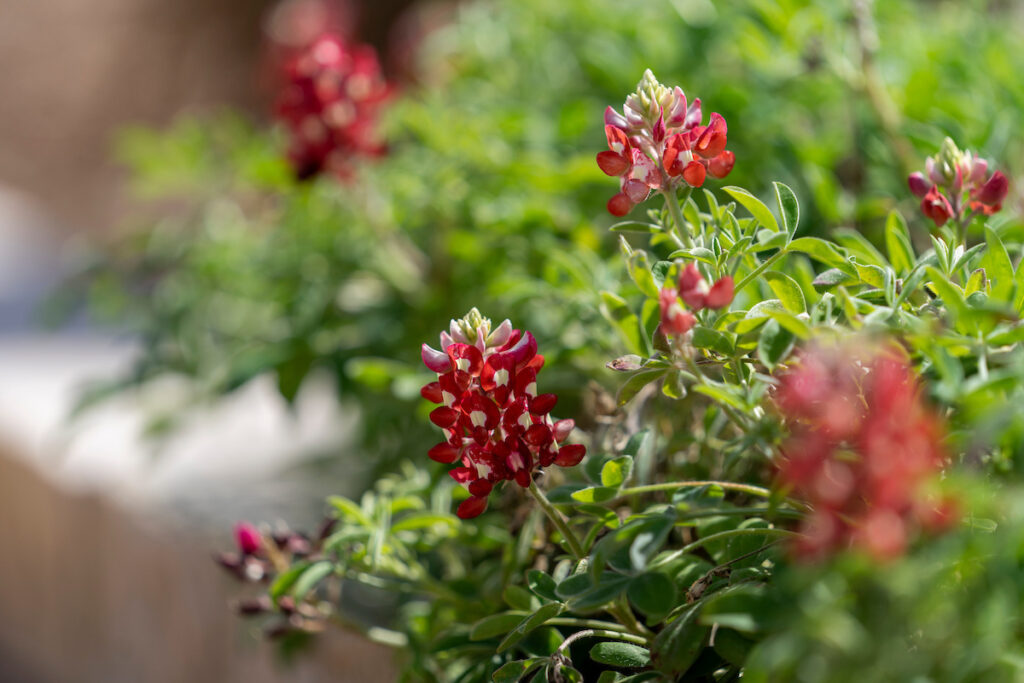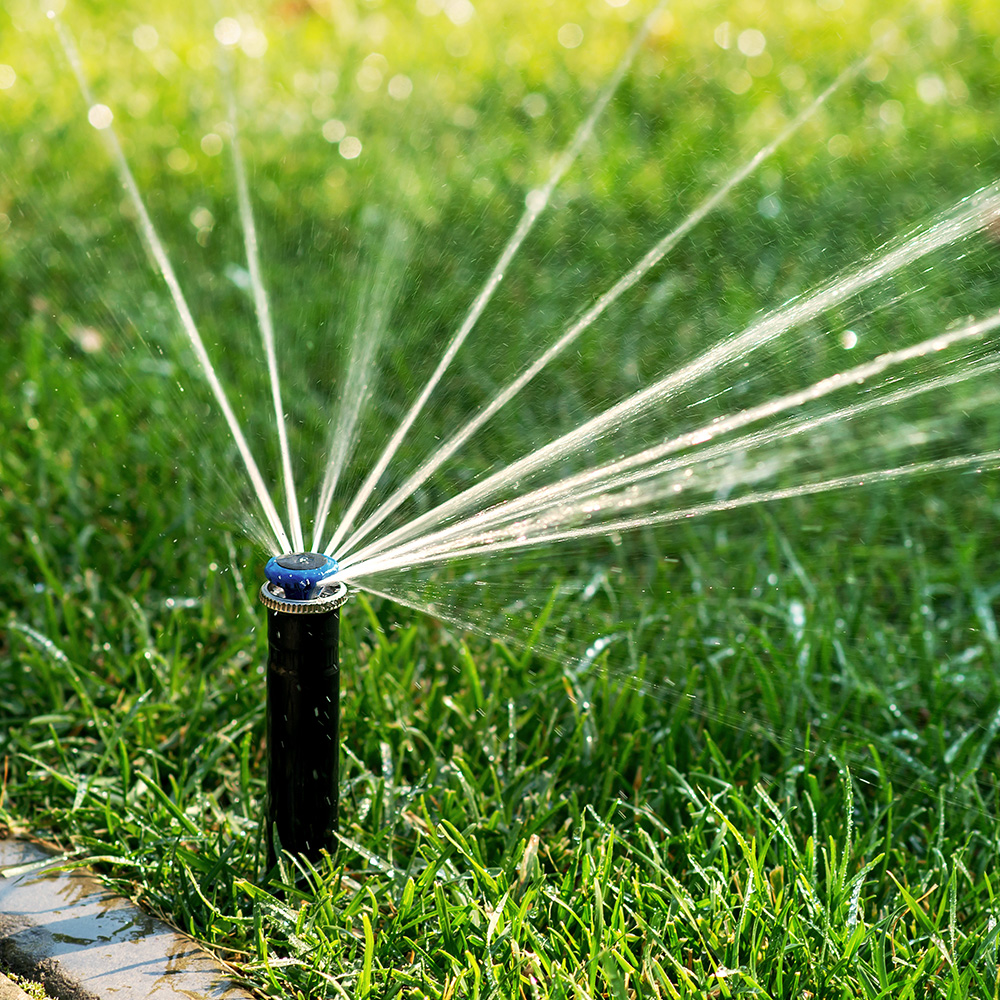Holiday gift ideas for gardeners and cold-weather garden tips
AgriLife Extension ‘garden guide’ for December
Whether Santa needs some ideas for you or there’s a gardener you’re stumped shopping for, a Texas A&M AgriLife Extension Service expert has some holiday gift ideas.
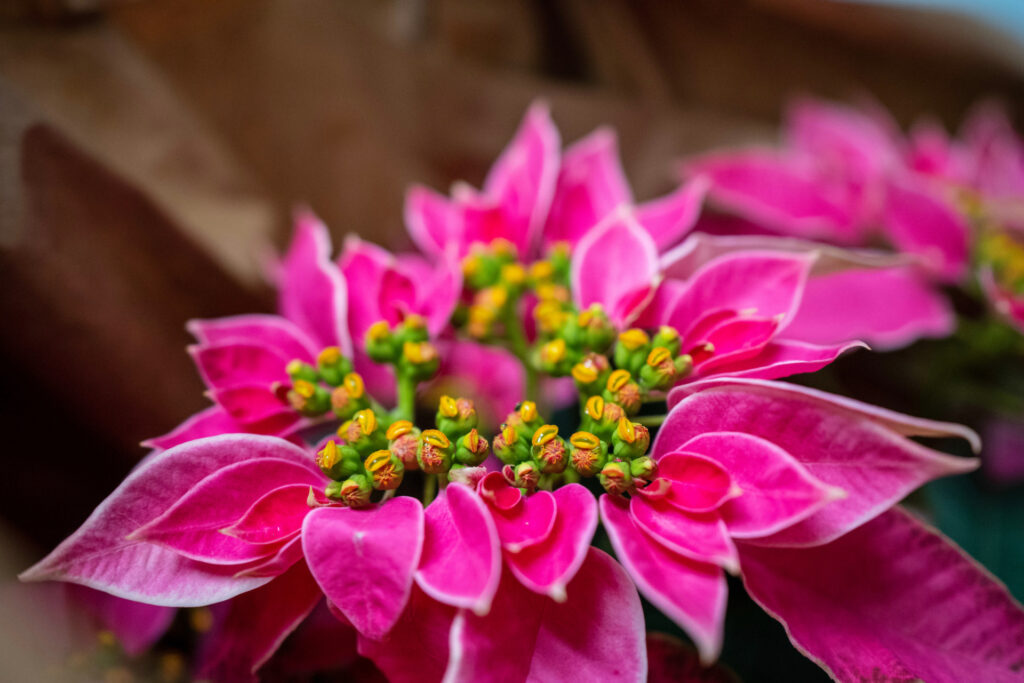
“Although shopping for a gardener, whether or not you are one yourself, may seem daunting, it really doesn’t have to be,” said Larry Stein, Ph.D., AgriLife Extension horticulture specialist, Uvalde, and associate head of the department for the Texas A&M College of Agriculture and Life Sciences Department of Horticultural Sciences. “There are a lot of gifts you can give that gardeners would really appreciate.”
Stein said gifts such as gardening tools, which might include pruners, gloves, sprayers, etc.– are good ideas, and added that gardeners always like new garden gadgets.
“A gift certificate for tools or garden supplies, so they can select the exact widget they want, is a no-brainer,” he said.
Garden gift ideas
A gift certificate for plants is always a good idea, Stein said, but it is extra thoughtful to give a plant that carries personal or sentimental meaning, including:
- Grandma’s yellow rose. A great idea for any granny, nana, nanny or glamma.
- Miho satsuma. Developed by Texas A&M, this is the hardiest satsuma and a great idea for providing a special someone with sweet citrus treats for years to come.
- Maroon bluebonnets. The perfect gift for any Aggie with a green thumb or a passion for not-so-blue bonnets.
- Texas gold columbines. This cool-season perennial is designed for Texas gardens, flowers in the spring and attracts hummingbirds.
Check out the Texas Superstar website for additional ideas and information on which plants thrive in the state.
Book ideas
Winter is the perfect season for gardeners to curl up with a good book, Stein said. Whether planning future gardens or exploring a new topic of interest, books are a welcome resource. His book selections include:
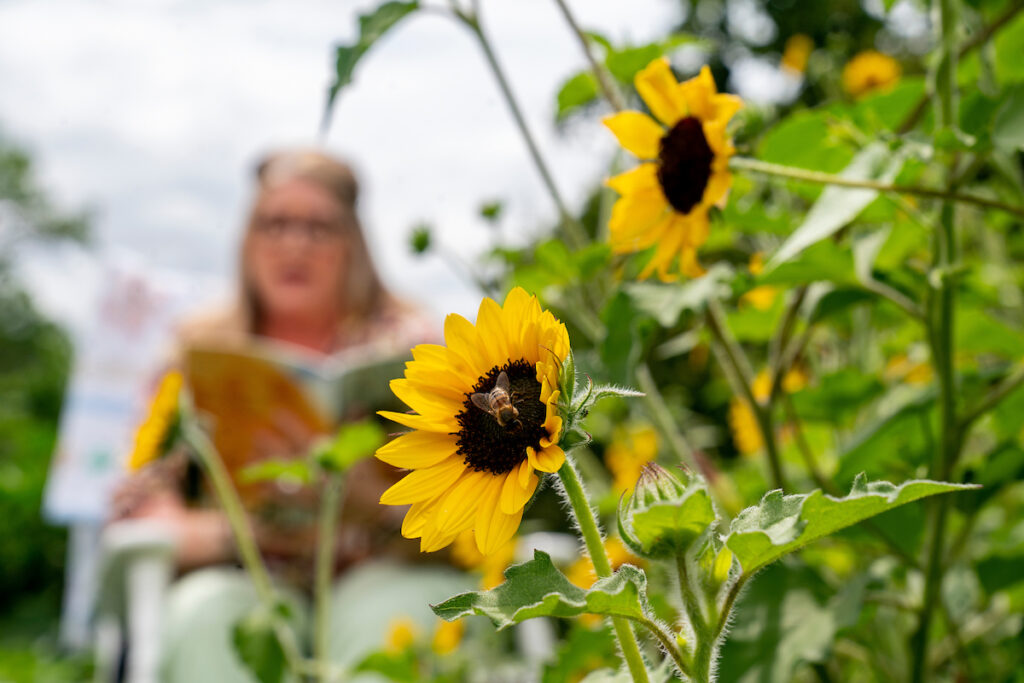
- “Perennial Garden Color” by Bill Welch, AgriLife Extension landscape horticulturist in College Station.
- “Texas Home Landscaping” by Roger Holmes and Greg Grant, AgriLife Extension horticulturist for Smith County.
- “Native Texas Plants” by Sally Wasowski.
- “Neil Sperry’s Lone Star Gardening” by Neil Sperry, a Texas gardening and horticulture expert known across the state.
- “The Lifelong Gardener, Garden with Ease and Joy at Any Age” by Toni Gattone.
- “The Vegetable Book” by Sam Cotner, former horticulture department head.
- “Growing Grapes in Texas” by Jim Kamas, Ph.D., AgriLife Extension horticulturist and associate professor.
- “Peach Handbook” by Kamas and Stein.
December Garden Tips
Stein shared what gardeners should be aware of and not forget during the busy holiday season.
Care for holiday plants
Prolong the life of holiday-season gift plants by providing proper care. Check to see if the pot wrap has plugged up the bottom drainage. Don’t overwater. Keep out of drafts from heating vents and open doorways. Fertilizer is seldom needed the first few months.
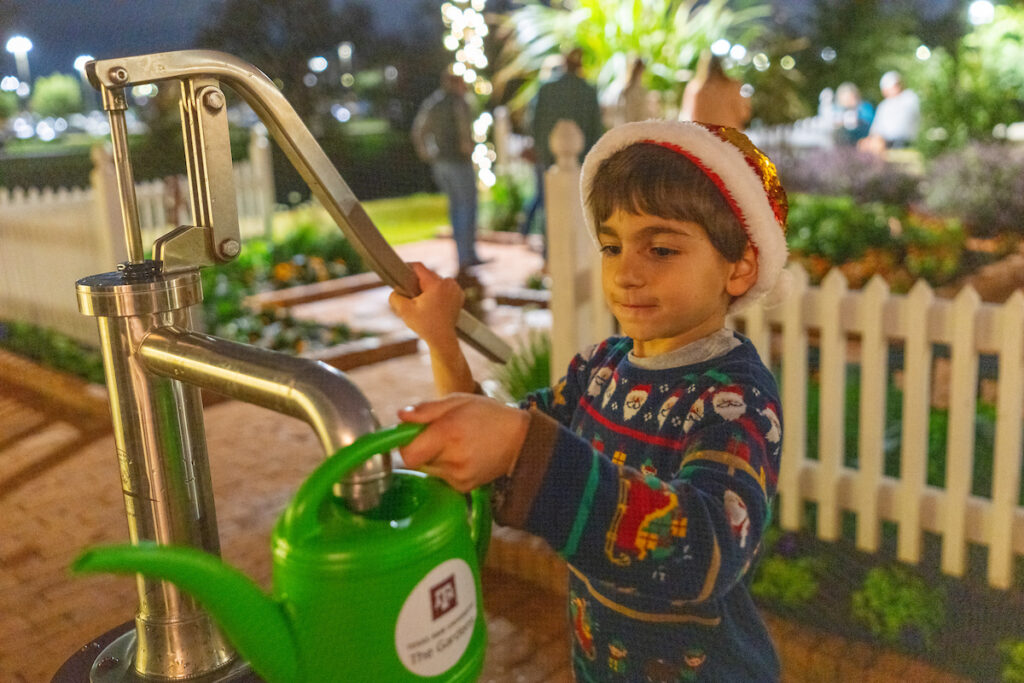
If you want to start cuttings of your favorite Christmas cactus, as soon as it has finished blooming, select a cutting with four or five joints, break or cut it off, and insert the basal end into a pot of moderately moist soil. Place it on a windowsill or other brightly lit area. The cuttings should be rooted within three to four weeks. Bring in late-blooming plants such as decorative kalanchoes or Christmas cactus so they may finish flowering in the warmth of the house.
Berrying plants, such as holly and yaupon, may be pruned now while they can be enjoyed as cut material inside the house. Use good pruning practices when selecting Christmas greenery from landscape plants. Don’t destroy the natural form and beauty of the plant.
Water if rain is lacking in your region
Don’t forget to give your landscape a steady amount of water, through irrigation or by hand, if there is not adequate rain. Dormant plants need water about every 6 weeks in lieu of adequate rainfall. Many areas are still under water restrictions so be sure to know the rules and follow.
Preparing plants for a freeze
If a hard freeze is predicted for your region, it is critical to water your landscape before the freeze event.
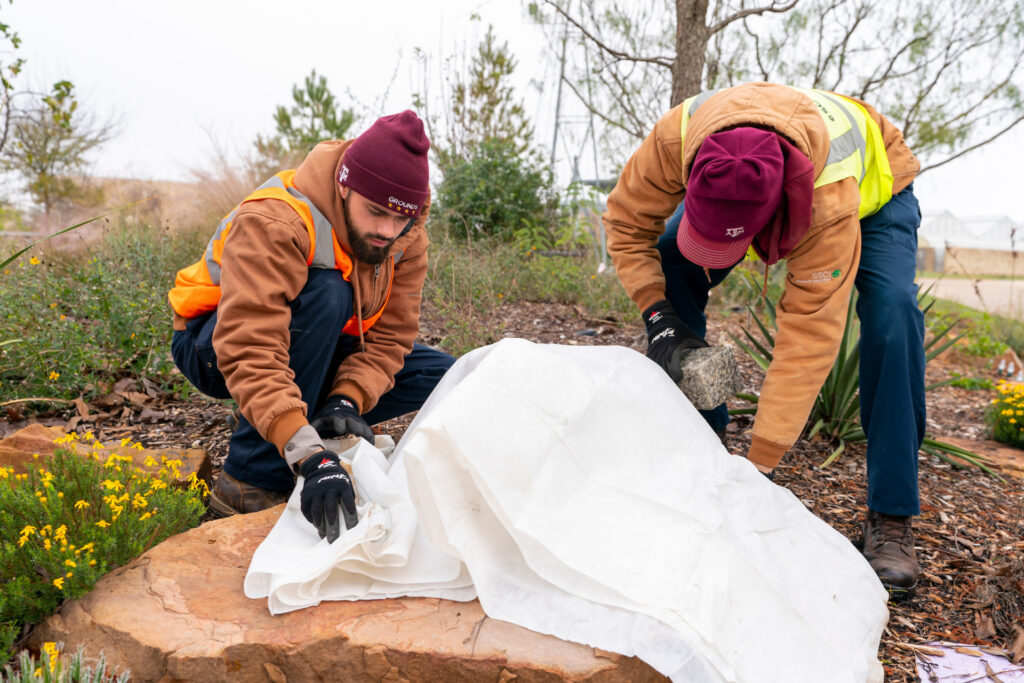
If you have not yet received a freeze and you have cold-sensitive plants, you will need to be prepared to move them in or cover or possibly mulch the crowns of the plants.
Winter planting considerations
There is still time to select and plant such annuals as pansies, violas and ornamental cabbages and kale; but if you have deer pressure, they will quickly devour these plants.
Don’t forget tulip and hyacinth bulbs in the refrigerator. They can be planted any time in December if they have received 60 or more days of chilling.
Now through February is a good time to plant trees and shrubs. In the Panhandle, planting is often delayed until February or early March.
Dial down fertilizer for indoor plants
Reduce the fertilization of indoor plants to mid-March. An exception would be plants in an atrium or a well-lit window.
Continue to harvest cool season crops
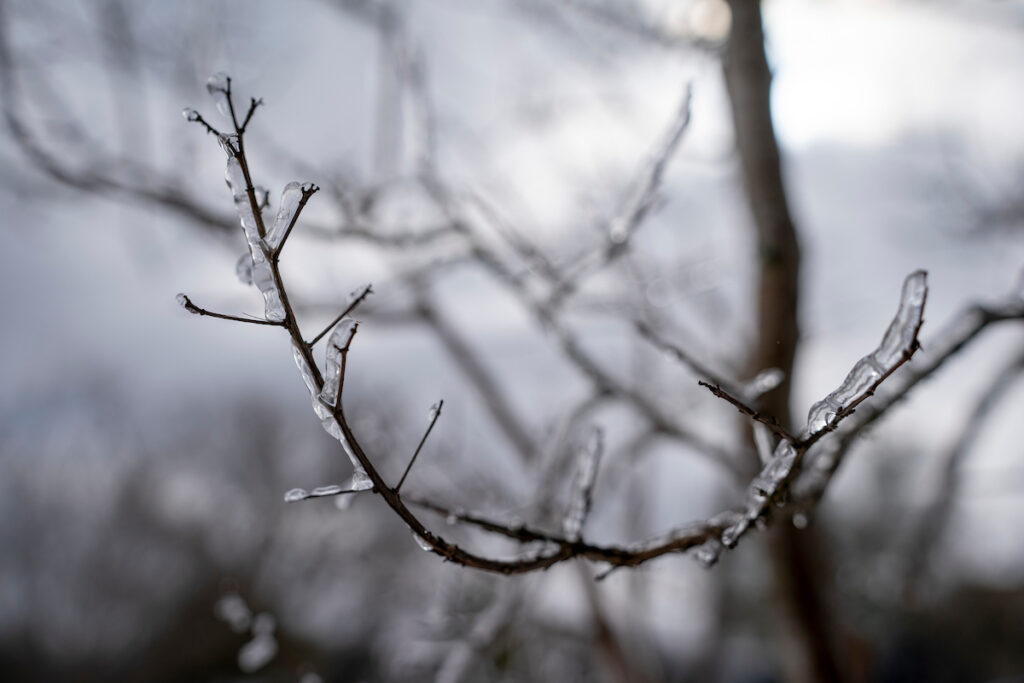
Continue to harvest cool season crops like cabbage, broccoli and spinach and other greens.
Plan for your perennials, annuals and wildflowers
Plan now for your spring flowering season with a mixture of annuals and perennials. If you have not received rain where your wildflowers germinate, you may want to water to get them up and going.
Place orders for seeds this month so you will have them available when you are ready to plant. By ordering early, you will be more certain of getting the varieties you want. In addition to ordering seeds that you are already familiar with, try a few new kinds each year to broaden your garden contents.
To prune or not to prune
Don’t get in a hurry to prune woody plants. Late December through February is usually the best time to prune them.
Don’t spare the pruning shears however when transplanting bare root and/or container woody plants. Cut the tops back at least one-third to one-half, to compensate for the roots lost when digging up the plant.

Care for your tools, continue to mulch
Drain gasoline from power tools and run the engine until fuel in the carburetor is used up. Drain and store garden hoses and watering equipment in a readily accessible location. Your lawn and plants may need water during a prolonged dry spell. Continue to mulch leaves in your lawn with your mower or bag to use as mulch or compost.
Prepare soils and garden beds
Prepare beds and individual holes for rose planting in January and February. Use composted manure, pine bark, and similar materials mixed with existing soil.
Take advantage of good weather to prepare garden beds for spring planting. Work in any needed organic matter and have beds ready to plant when needed.

